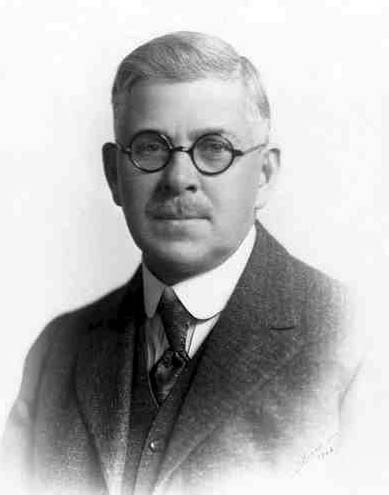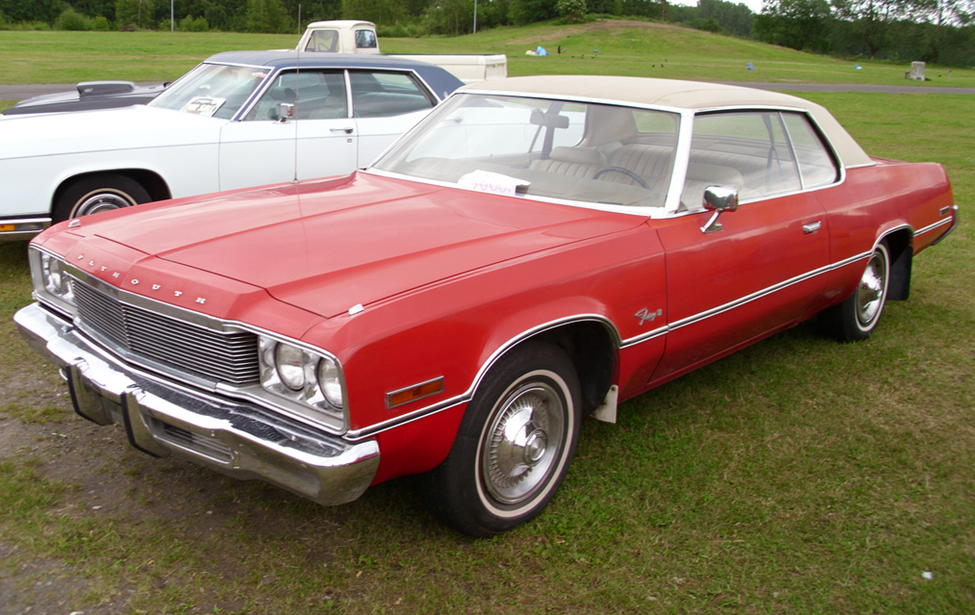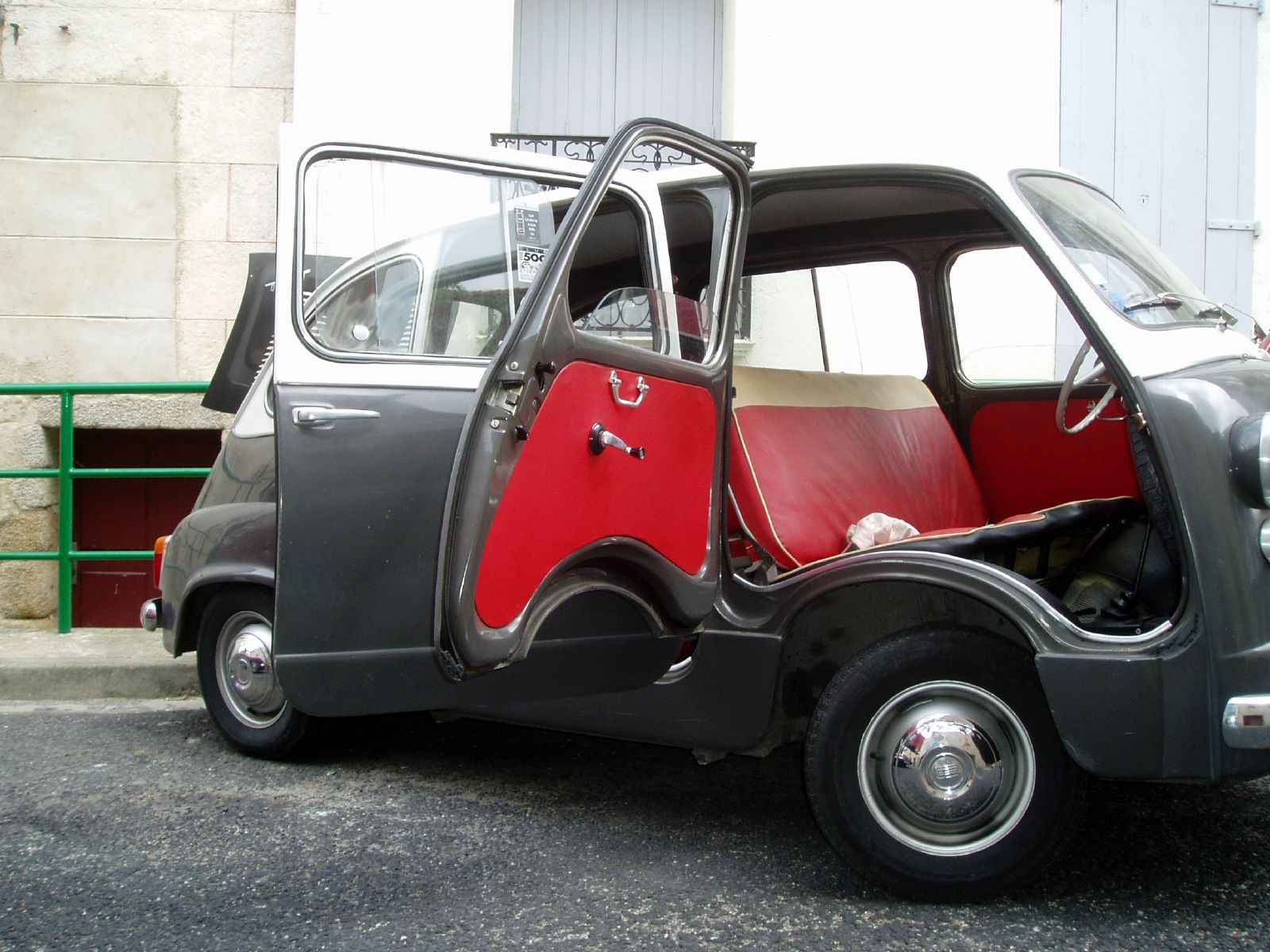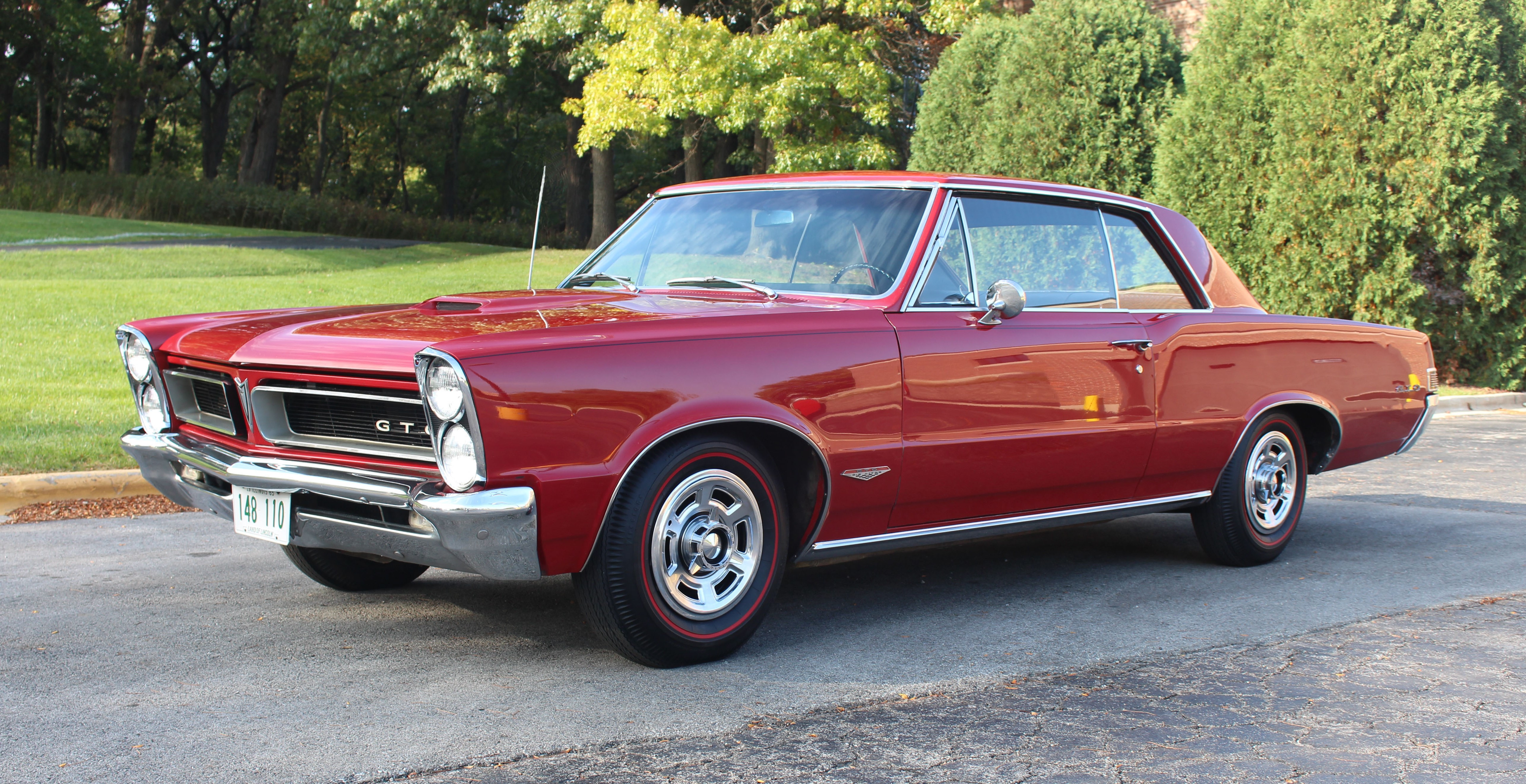|
Cutlass Supreme
The Oldsmobile Cutlass Supreme is a mid-size car produced by Oldsmobile between 1966 and 1997. It was positioned as a premium offering at the top of the Cutlass range. It began as a trim package, developed its own roofline, and rose during the mid-1970s to become not only the most popular Oldsmobile but the highest selling model in its class. It was produced as a rear-wheel drive two-door hardtop, sedan, and station wagon into the 1980s, and a convertible through 1972. In 1988 Oldsmobile sought to capitalize on the brand equity of the Cutlass Supreme marque by replacing it with a downsized front-wheel drive model based on the General Motors W platform. When production ended there was no direct replacement for the Cutlass Supreme, although the Intrigue introduced for 1998 was designed in size and price to replace all the Cutlass models. First generation (1966–1967) The Cutlass Supreme name first appeared for the 1966 model year, the first year of GM's new intermediate fo ... [...More Info...] [...Related Items...] OR: [Wikipedia] [Google] [Baidu] |
Oldsmobile
Oldsmobile (formally the Oldsmobile Division of General Motors) was a brand of American automobiles, produced for most of its existence by General Motors. Originally established as "Olds Motor Vehicle Company" by Ransom E. Olds in 1897, it produced over 35 million vehicles, including at least 14 million built at its Lansing, Michigan, factory alone. During its time as a division of General Motors, Oldsmobile slotted into the middle of GM's five passenger car divisions (above Chevrolet and Pontiac (automobile), Pontiac, but below Buick and Cadillac). It was also noted for several groundbreaking technologies and designs. Oldsmobile's sales peaked at over one million annually from 1983 to 1986, but by the 1990s the division faced growing competition from premium import brands, and sales steadily declined. When it shut down in 2004, Oldsmobile was the oldest surviving American automobile brand, and one of the oldest in the world. History Early history Oldsmobiles were first manufac ... [...More Info...] [...Related Items...] OR: [Wikipedia] [Google] [Baidu] |
Sedan (car)
A sedan (American English) or saloon (British English) is a automobile, passenger car in a three-box styling, three-box configuration with separate compartments for an engine, passengers, and cargo. The first recorded use of ''sedan'' in reference to an automobile body occurred in 1912. The name derives from the 17th-century Litter (vehicle), litter known as a sedan chair, a one-person enclosed box with windows and carried by porters. Variations of the sedan style include the close-coupled sedan, club sedan, convertible sedan, fastback sedan, hardtop sedan, notchback sedan, and sedanet. Definition A sedan () is a car with a closed body (i.e., a fixed metal roof) with the engine, passengers, and cargo in separate compartments. This broad definition does not differentiate sedans from various other car body styles. Still, in practice, the typical characteristics of sedans are: * a Pillar (car), B-pillar (between the front and rear windows) that supports the roof; * two rows of s ... [...More Info...] [...Related Items...] OR: [Wikipedia] [Google] [Baidu] |
AMC Ambassador
The Ambassador is an automobile manufactured and marketed by American Motors Corporation (AMC) from 1957 through 1974 over eight generations, available in two- and four-door sedan, two-door hardtop, four-door station wagon as well as two-door convertible body styles. It was classified as a full-size car from 1957 through 1961, Mid-size car, mid-size from 1962 until 1966, and again full-size from 1967 through 1974 model years. When discontinued, the ''Ambassador'' nameplate had been used from 1927 until 1974, the longest continuously used car nameplate until then. The ''Ambassador'' nameplate was used variously as the Ambassador V-8 by Rambler, Rambler Ambassador, and finally AMC Ambassador. Previously, the nameplate Nash Ambassador, Ambassador applied to Nash Motors, Nash's full-size cars. The nameplate referred to a trim level between 1927 and 1931. Ambassadors were continuously manufactured at AMC's Lake Front plant in Kenosha, Wisconsin until 1974, as well as at AMC's Brampt ... [...More Info...] [...Related Items...] OR: [Wikipedia] [Google] [Baidu] |
Plymouth Fury
The Plymouth Fury is a model of automobile that was produced by Plymouth from 1955 until 1989. It was introduced for the 1956 model year as a sub-series of the Plymouth Belvedere, becoming a separate series one level above the contemporary Belvedere for 1959. The Fury was a full-size car from 1959 until 1961, then a mid-size car from 1962 until 1964, again, a full-size car from 1965 through 1974, and again, a mid-size car from 1975 through 1978. From 1975 until 1977, the Fury was sold alongside the full-size Plymouth Gran Fury. In 1978, the B-body Fury was the largest Plymouth, and by 1979, there was no large Plymouth. This product gap was filled in 1980 with the R-body Gran Fury, followed by the M-body Fury in 1982. Production of the last V8, RWD Plymouth Fury ended at the Kenosha Main assembly plant in Kenosha, WI, on December 23, 1988. Unlike its sibling brand, Dodge, Plymouth would not live to see the resurgence of the large, V8/RWD sedan. Early history (1956–1958) The ... [...More Info...] [...Related Items...] OR: [Wikipedia] [Google] [Baidu] |
Ford LTD (Americas)
The Ford LTD (pronounced ) is a range of automobiles manufactured by Ford Motor Company, Ford for the 1965 to 1986 model years. Introduced as the highest trim level of the full-size Ford model range (then the Ford Galaxie, Ford Galaxie 500), the LTD moved the Ford range upmarket, offering options and features previously reserved for Mercury and Lincoln vehicles. For much of its production life, the LTD competed against the Chevrolet Caprice (atop the Chevrolet Impala); the Mercury Marquis served as its divisional counterpart from 1967 until 1986. For its first three generations, the LTD served as the largest Ford vehicle in North America. Initially debuting as a two-door and four-door hardtop sedans, the LTD range at various times would also include two-door and four-door pillared sedans, a two-door convertible, and a five-door station wagon (in Woodie (car body style), woodgrain trim, as the LTD Country Squire). In South America, Ford manufactured the 1966 Ford Galaxie 500 into ... [...More Info...] [...Related Items...] OR: [Wikipedia] [Google] [Baidu] |
Pillar (car)
The pillars on a car with permanent roof body style (such as four-door sedans) are the vertical or nearly vertical supports of its window area or greenhouse—designated respectively as the A, B, C and (in larger cars such as 4-door station wagons and sport utility vehicles) D-pillar, moving from front to rear, in profile view. Nomenclature Car pillars are vertical or inclined components of an enclosed automobile's body that both support its roof and reinforce the torsional rigidity of the body. An alphabetical convention for designating a car's pillars has developed over time, used variously by the automotive press in describing and reviewing vehicles, insurance companies in identifying damaged components, and first-responder rescue teams to facilitate communication, as when using the jaws of life to cut their way into a wreck. The letters A, B, C, and D are used (in upper case): * The A-pillar is the forward-most pillar on a vehicle, supporting its roof at each corner ... [...More Info...] [...Related Items...] OR: [Wikipedia] [Google] [Baidu] |
Armrest
An armrest (or arm-rest) is a part of a chair, where a person can rest their arms on. Armrests are built into a large variety of chairs such as automotive chairs, armchairs, airline seats, sofas, and more. Adjustable armrests are commonly found in ergonomic office chairs and gaming chairs. In automobiles Armrest is also a feature found in most modern automobiles on which the occupants can rest their arms. Armrests are commonly placed between the front car seats on the driver and passenger side of the vehicle. Sometimes one or two armrests may also be attached to each individual seat, a feature commonly found in minivans (MPVs) and some SUVs. Many larger cars also have a broad arm-rest between the back seats, which may be folded out when the central (third) seating place is not required. In some designs where occupant safety is emphasised, including some Volvo models, the armrest doubles as a child seat, complete with specially adjustable seatbelt. Armrests in some veh ... [...More Info...] [...Related Items...] OR: [Wikipedia] [Google] [Baidu] |
Bench Seat
A bench seat is a full width continuous pad forming the front seat of automobiles. The second row of seating in most sedans is usually a bench. The third row of most SUVs and minivans, which may be forward-facing or rear-facing, is also a bench seat. Design The front bench seat typically allowed three people to sit abreast, thus six passengers in most four-door sedans with this type of arrangement. For example, "although advertised as an economical 'compact car, compact' car, the [1952] Willys Aero could comfortably sit three abreast on its front and rear bench seats, and deliver excellent fuel economy." Nash Motors introduced what it called "airliner" reclining front bench seats that could transform into a bed. American Motors promoted its adjustable bench seats on the 1959 Rambler Six and V8, Ramblers and AMC Ambassador, Ambassadors as featuring several putatively restful positions, including a "comfortable nap couch for children and older adults." In 1972, the Jeep Commando' ... [...More Info...] [...Related Items...] OR: [Wikipedia] [Google] [Baidu] |
Model Year
The model year (sometimes abbreviated as MY) is a method of describing the version of a product which has been produced over multiple years. The model year may or may not be the same as the calendar year in which the product was manufactured. Automobiles United States and Canada Automobiles in the United States and Canada are identified and regulated by model year, whereas other markets use production date (month/year) to identify specific vehicles, and model codes in place of the "year" (model year) in the North American make-model-year identifier. In technical documents generated within the auto industry and its regulating agencies such as the U.S. National Highway Traffic Safety Administration and United States Environmental Protection Agency and Transport Canada and Environment Canada, the letters ''MY'' often precede the year (as in ''MY2019'' or ''MY93''). Even without this prefix, however, in the North American context it is usually the model year rather than the ve ... [...More Info...] [...Related Items...] OR: [Wikipedia] [Google] [Baidu] |
Pontiac LeMans
The Pontiac LeMans is a model name applied to automobiles marketed by Pontiac. The name came from the French city of Le Mans, the site of the 24 Hours of Le Mans, the world's oldest active sports car endurance race that began in 1923. Originally a trim upgrade package based on the Tempest, the LeMans became a separate model in 1963. In its first five generations spanning from 1961 until 1981 (1983 in Canada), the LeMans was a domestic RWD car; the first generation was a compact, with Gens 2-5 intermediates. From 1988 through 1993 the LeMans name was resurrected for a sixth generation, a FWD subcompact badge-engineered version of the Daewoo LeMans manufactured by Daewoo in South Korea. Pontiac produced some notable GT/performance versions in the RWD models. The 1st generation not only featured a front-engine/rear-transaxle that very nearly resulted in an ideal 50/50 weight distribution, but also included four-wheel independent suspension for nimble handling, and could ... [...More Info...] [...Related Items...] OR: [Wikipedia] [Google] [Baidu] |
Buick Skylark
The Buick Skylark is a passenger car formerly produced by Buick. The model was made in six production runs, during 46 years, over which the car's design varied dramatically due to changing technology, tastes, and new standards implemented over the years. It was named for the species of bird called ''skylark''. The Skylark name first appeared on a limited production luxury convertible using the Buick Roadmaster's chassis for two years, then was reintroduced in 1961 as a higher luxury content alternative to the entry-level Buick Special on which the Skylark was based upon. It was then positioned as Buick's luxury performance model when the Buick GSX was offered. As GM began downsizing during the late 1970s, the Skylark became the entry-level model when the Special nameplate was used as a trim package designation, then in the 1980s was offered as a front-wheel-drive vehicle where it was both a coupe and sedan for three different generations. __TOC__ 1953–1954 Created to mark B ... [...More Info...] [...Related Items...] OR: [Wikipedia] [Google] [Baidu] |







